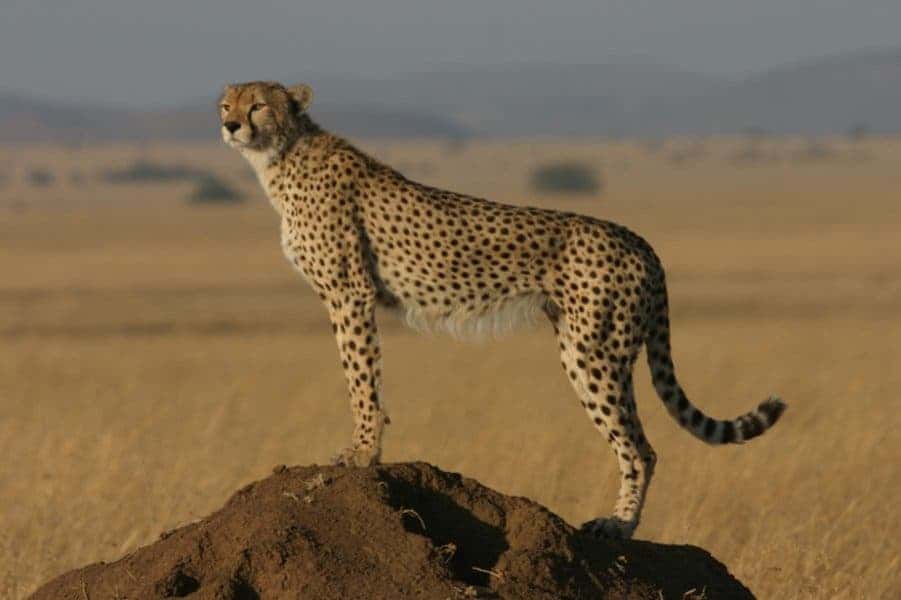
Cheetahs are the world’s fastest land animals in the world, able to run as fast as 75 mph. It’s their acute agility that allows them to survive, however, catching prey by making huge leaps at four times the acceleration human leg muscles are capable of producing. No doubt about it, this is one of the most amazing cats out there, but while cheetahs are the fastest in the macro-world, size-per-size a small mite native that lives in Southern California takes the crown. The miti, called Paratarsotomus macropalpis, can travel 322 body lengths in a second, toppling by far the previous record holder, the Australian tiger beetle, which tops out at 171 body lengths per second. The cheetah only boats 14 body lengths per second.
To put things into perspective, if we humans were capable of traveling at 322 body lengths per second, that would mean a velocity of 1,300 miles per hour. In under 20 hours, a human-Paratarsotomus m. hybrid could circle the globe (how’s that for an alternate universe Flash Gordon plot?). Yes, this is one fast mite… for its size.
The mite was first described a century ago, but only recently did scientists discover its awesome speed after closely following specimens with high-speed cameras. Follow-up research that will try to understand how the mite manages to pick up and put down each foot about 135 times a second might aid in designing super-agile robots.
Findings were reported in the journal FASEB Journal.






